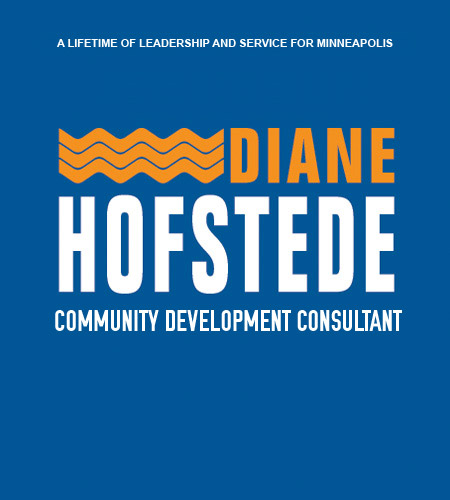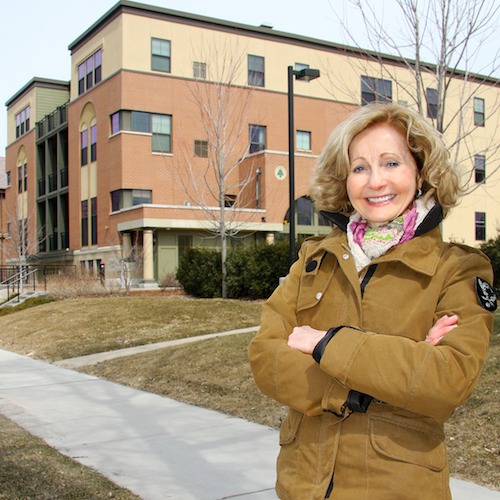August 1, 2007, I-35W Bridge Collapses
August 1, 2007. 6:04 pm. Just another Wednesday afternoon in downtown Minneapolis. The rush hour was in full swing as cars, buses and trucks made their way along the I-35W corridor through the heart of the city and across the Mississippi River.
6:05 pm. With a thundering roar, the center span of the I-35W bridge collapses, falling as much as 100 feet to the river below. Within a matter of seconds, the adjoining spans on either side are pulled down as well.
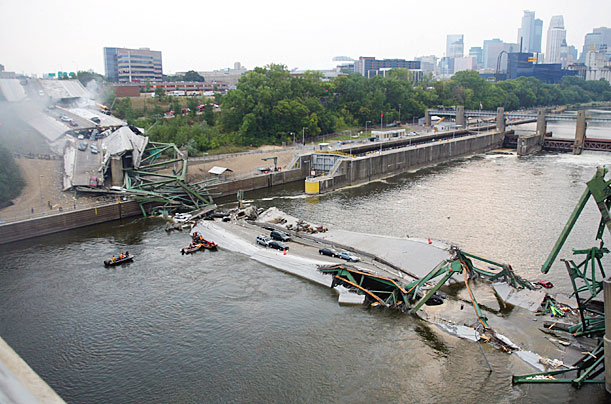
That evening, thirteen people lost their lives on the I-35W bridge. 145 people were injured, some severely. A community's central transportation corridor — carrying 140,000 vehicles a day — was gone in an instant.
I was three blocks away, and rushed to see if I could help. As I stepped out onto University Avenue I saw the stream of police cars from our neighboring jurisdictions: St. Paul, Mound, Edina. The cars came one after another. Within minutes, our first responders were on site and our entire community turned to help friends and neighbors caught up in this unexpected disaster. I'm proud of the role that we in City government and agencies played in immediately coordinating rescue and recovery efforts and — within hours — turning to work on long-term issues that were suddenly urgent and pressing.
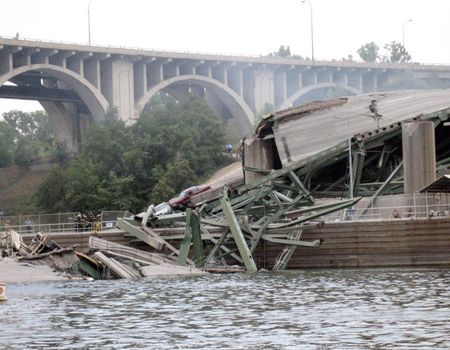
As investigators and the international media rushed to Minneapolis, we had to figure out how to reroute an entire City so that parents could still get home for dinner, so that businesses could keep the doors open and the shelves stocked. To make it even tougher, the start of classes at the University of Minnesota was just around the corner.
I am proud of my part in those efforts, working with the University to encourage students and faculty to leave their cars at home and take public transit. Not only were these efforts successful in helping to alleviate congestion during the 13 months of construction on the replacement bridge, a University study found that there were long-term effects as well; some 40% of the people who surveyed said that their habits had been permanently affected.
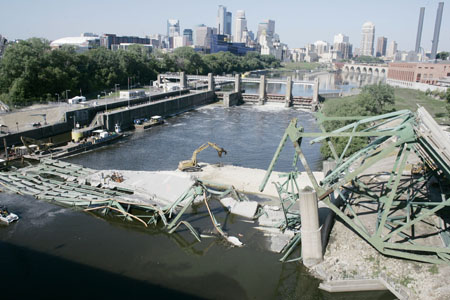
In the rush to build a new bridge as fast as possible to restore this major artery, when we were told that our choice would be an off-the-shelf bridge design, and that the design-build process would not have time to allow pubic input, I took the lead on ensuring that citizens' voices were heard and that the design of the new bridge was a collaborative process that reflected design elements important to all stakeholders.
I am also proud that our community was able to find something positive even in the midst of this terrible tragedy. In the wake of the bridge collapse, working together, our community developed new standards for design, for neighborhood communications, for protecting the environment even in the midst of construction activities, and for consensus building: standards that have since been employed in the building of the Central Corroder, in street paving projects, in building bikeways, and in changing the way we do business in Minnesota.
But, we must never forget that on a warm August day just six years ago, 13 of our fellow citizens lost their lives. In their memory, I pledge to redouble my efforts through my position on the Council, as a member of the Ways & Means Budget Committee, and particularly in my role of Chair of the Audit Committee, to make sure we do everything we can to prevent a recurrence from ever happening again.
